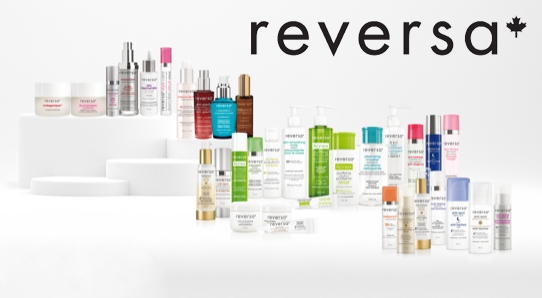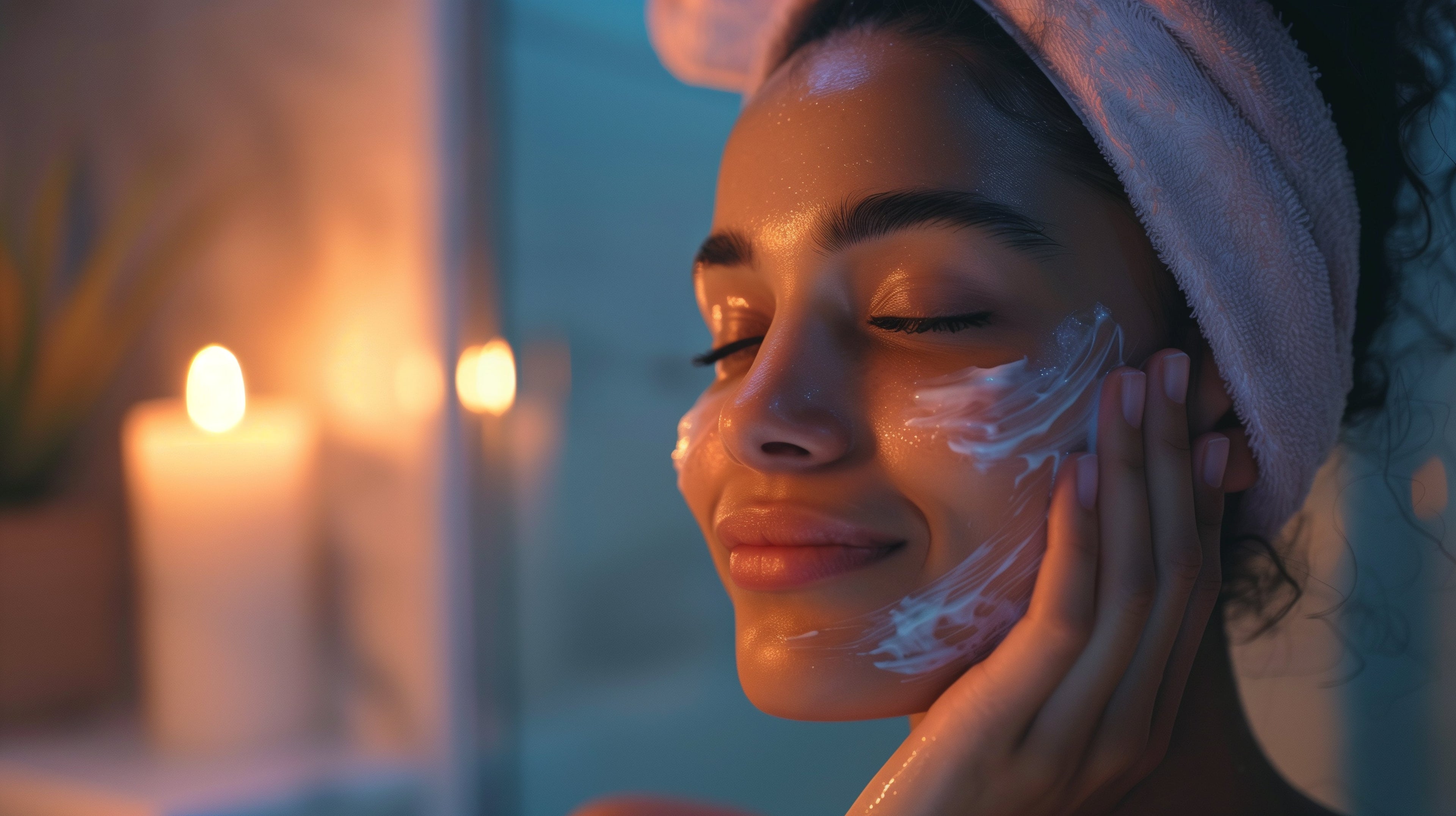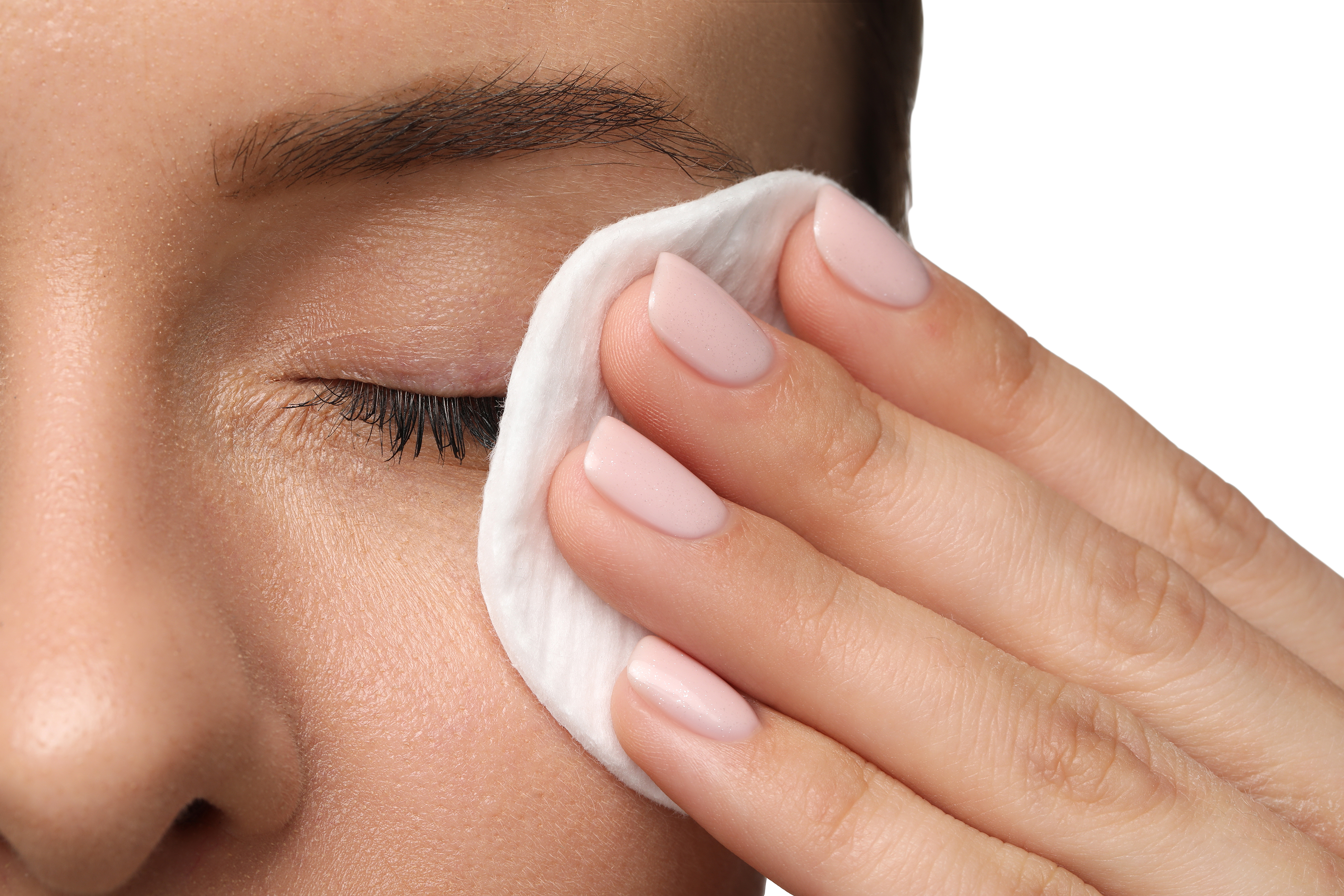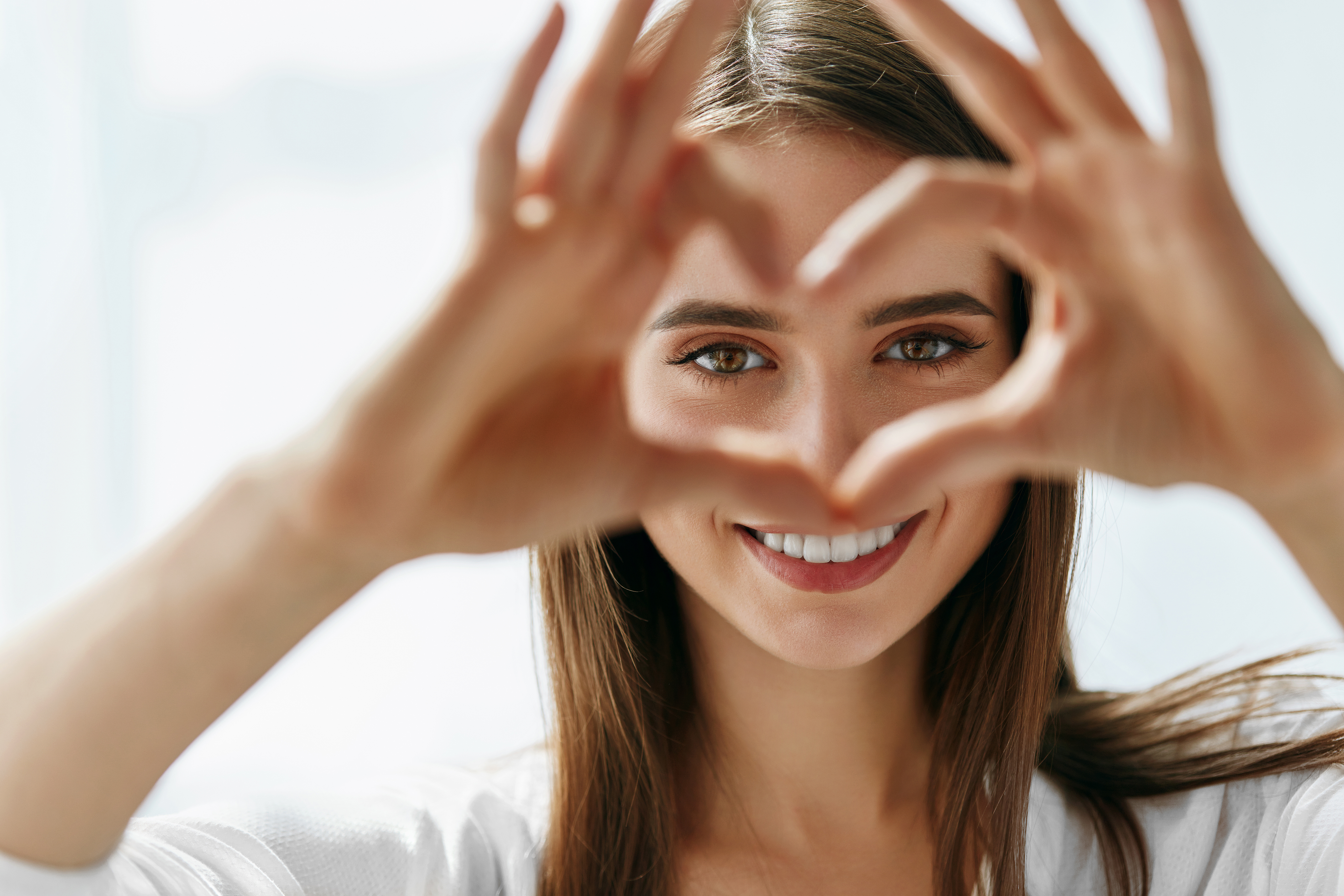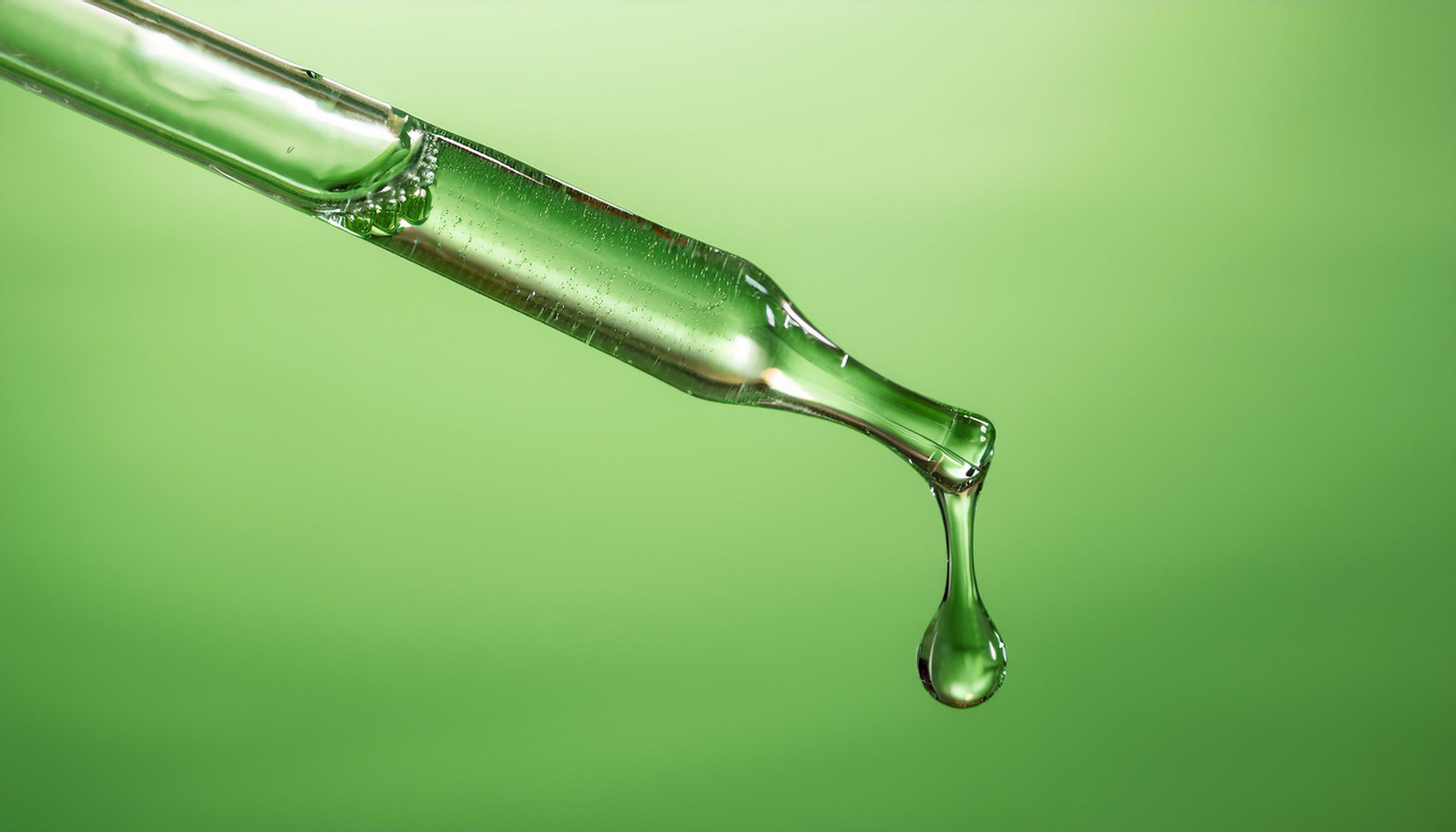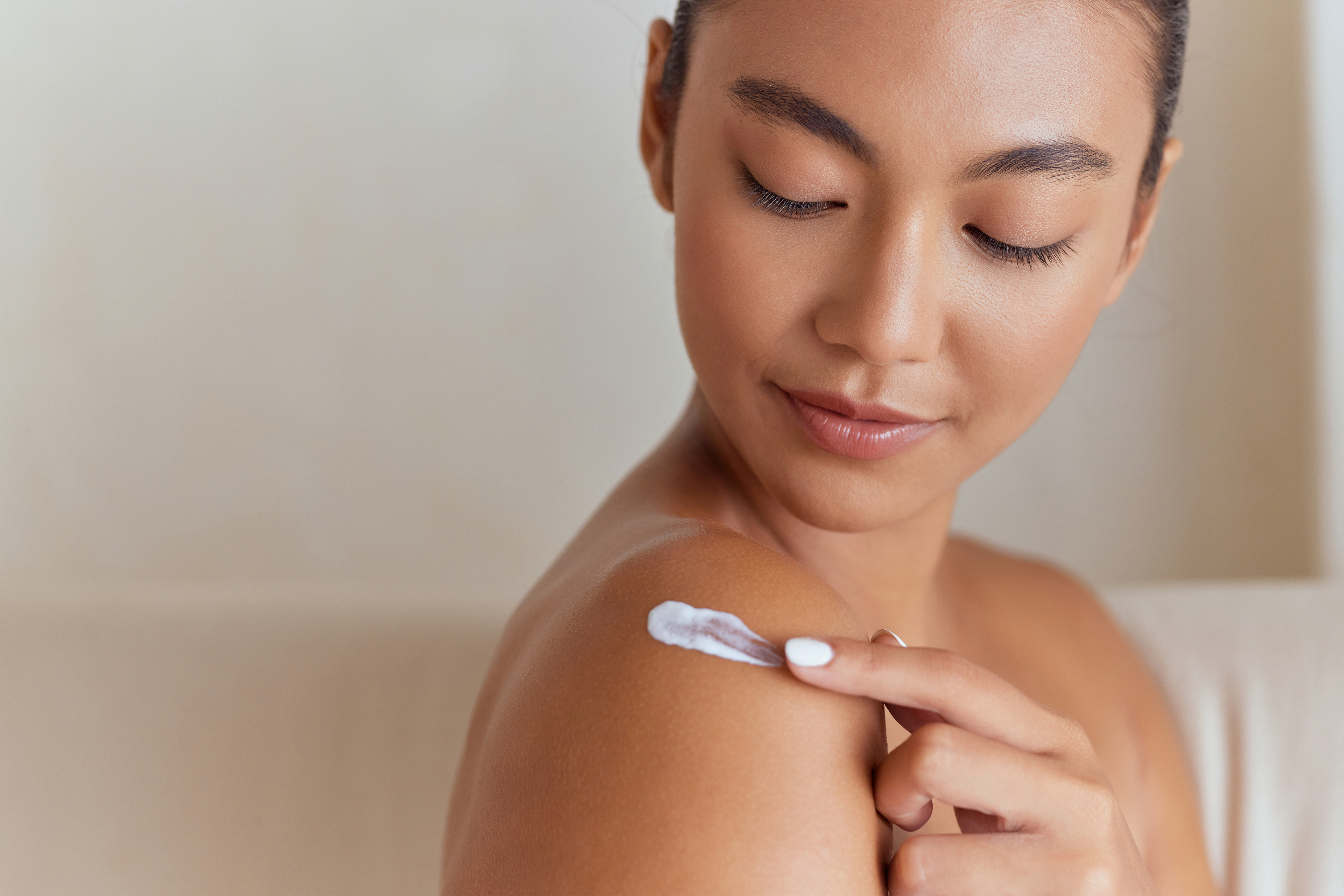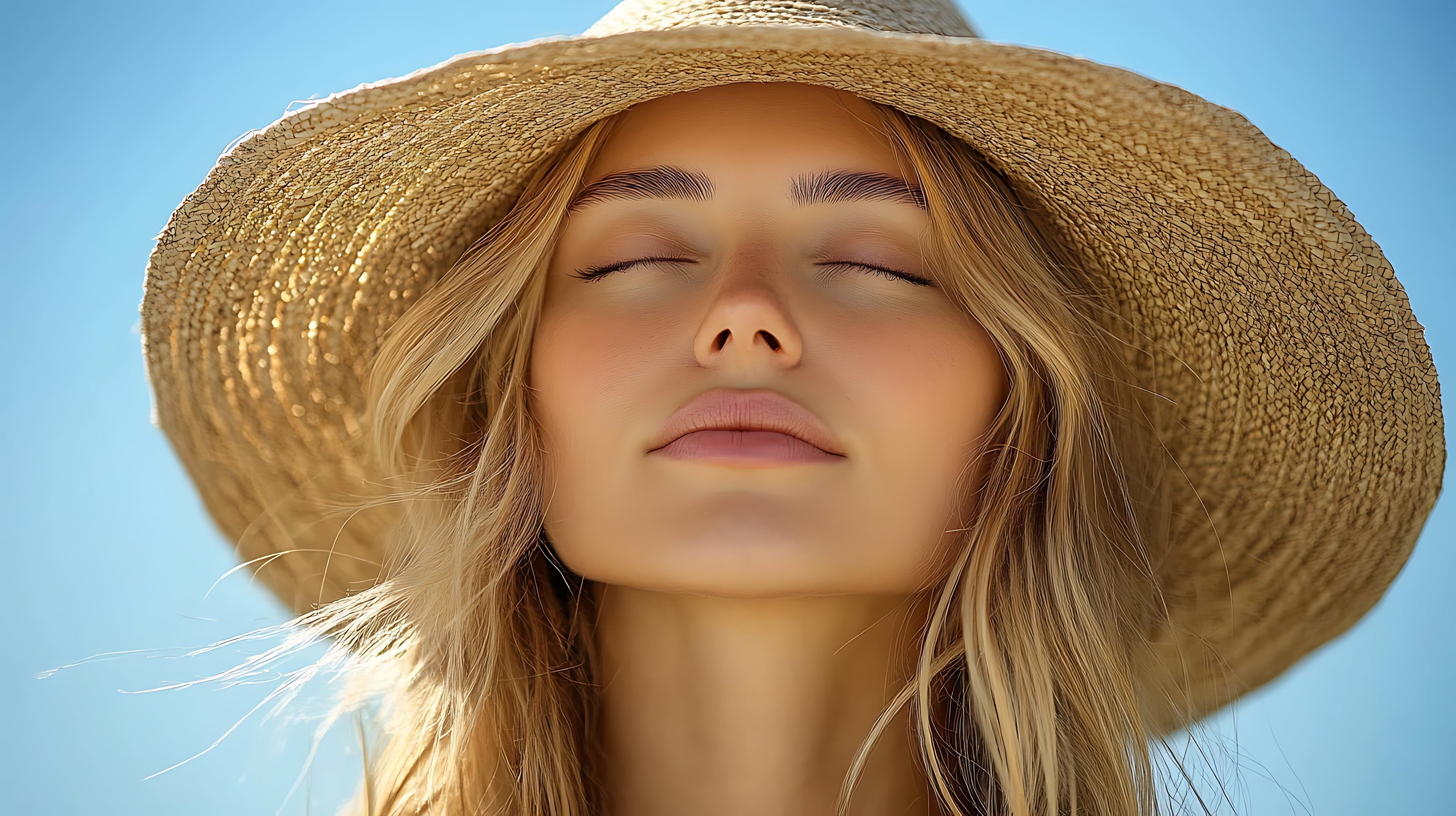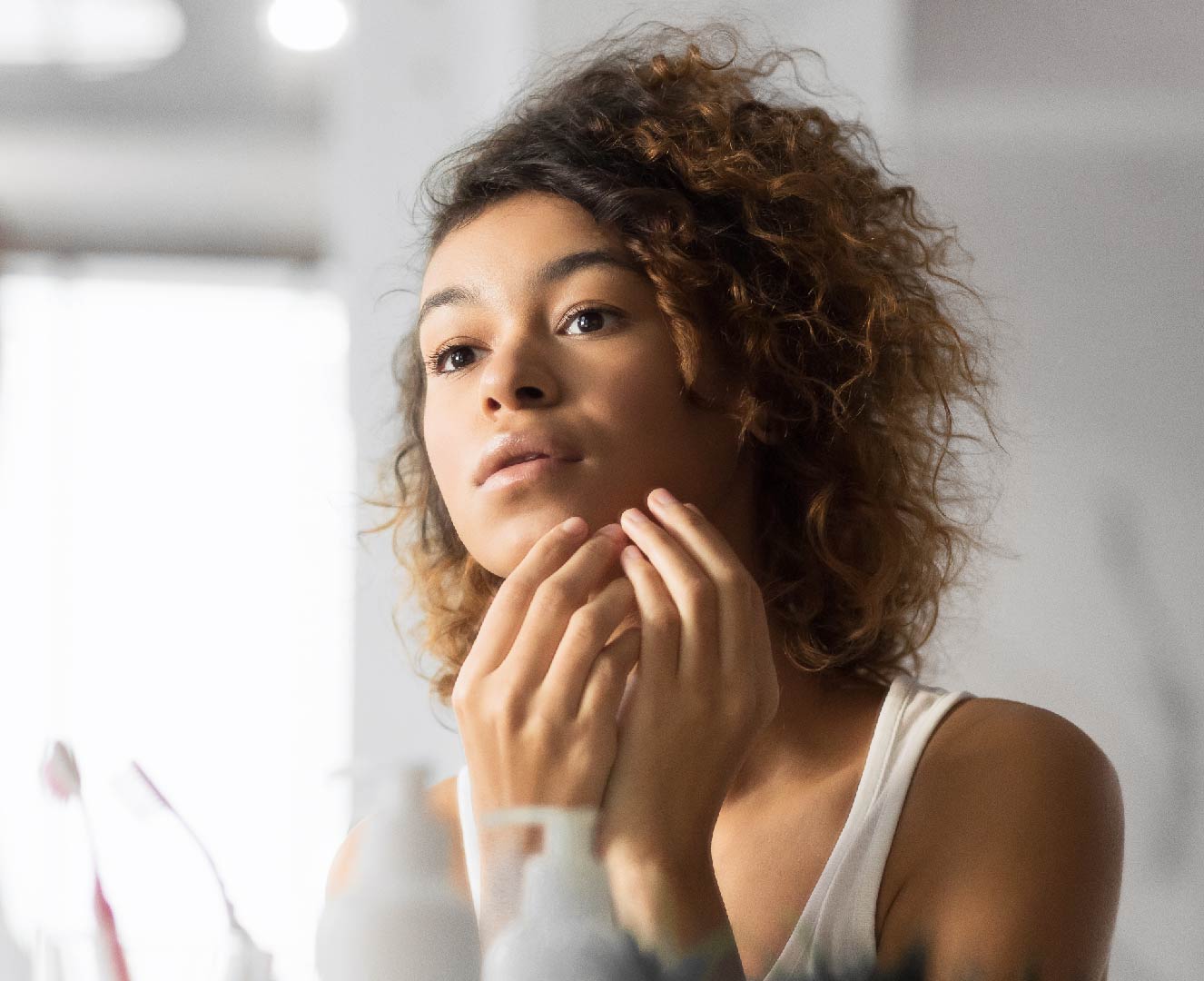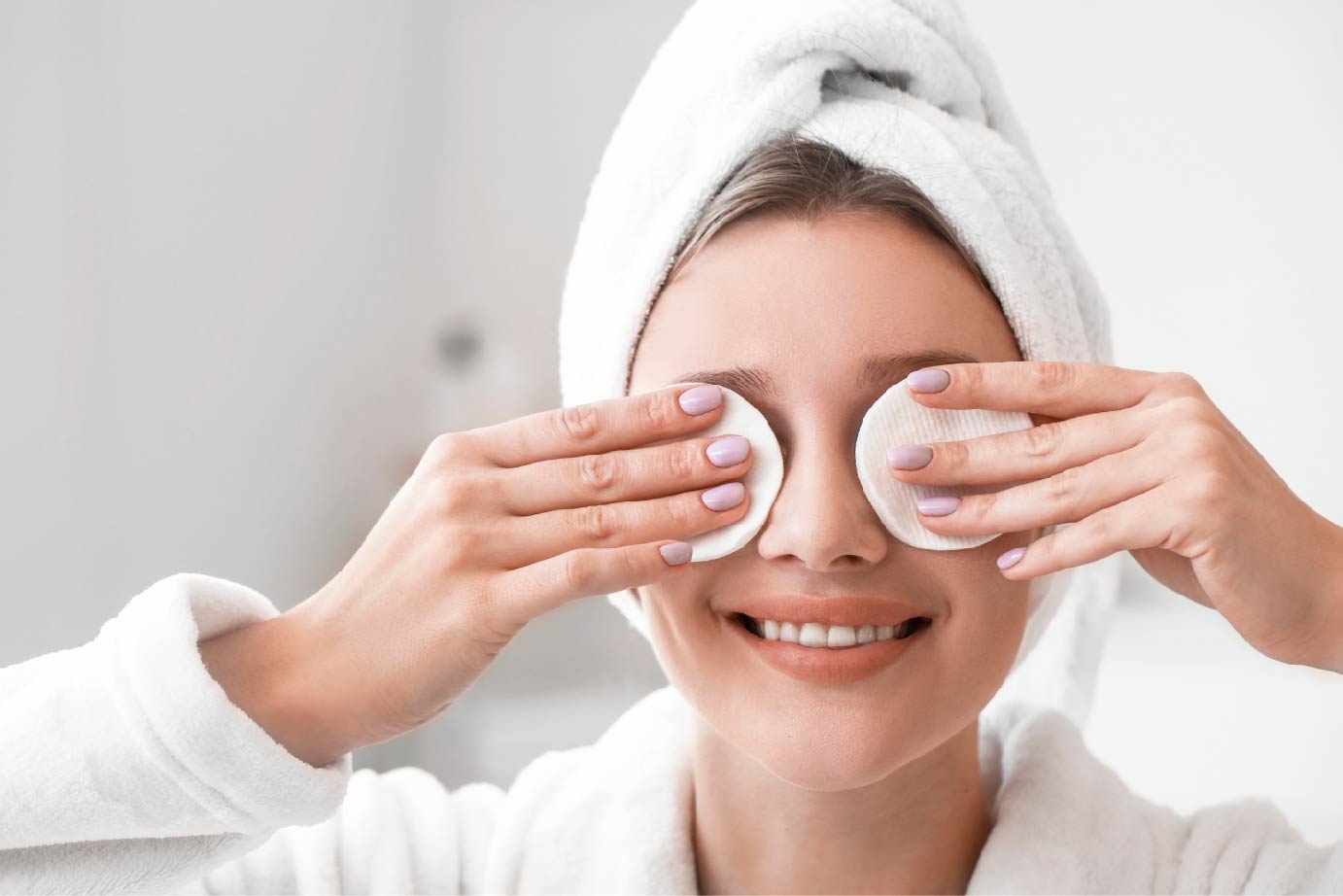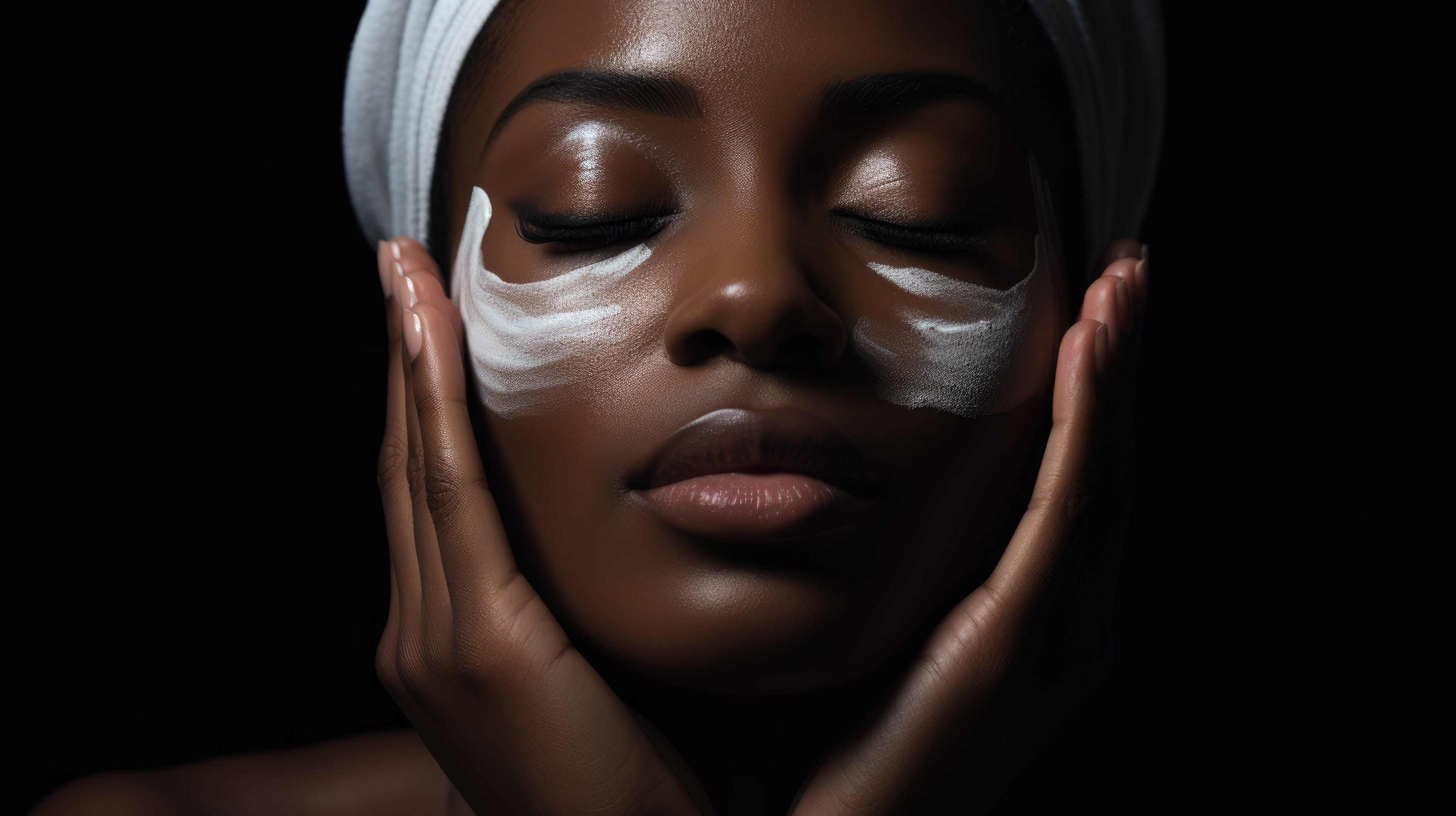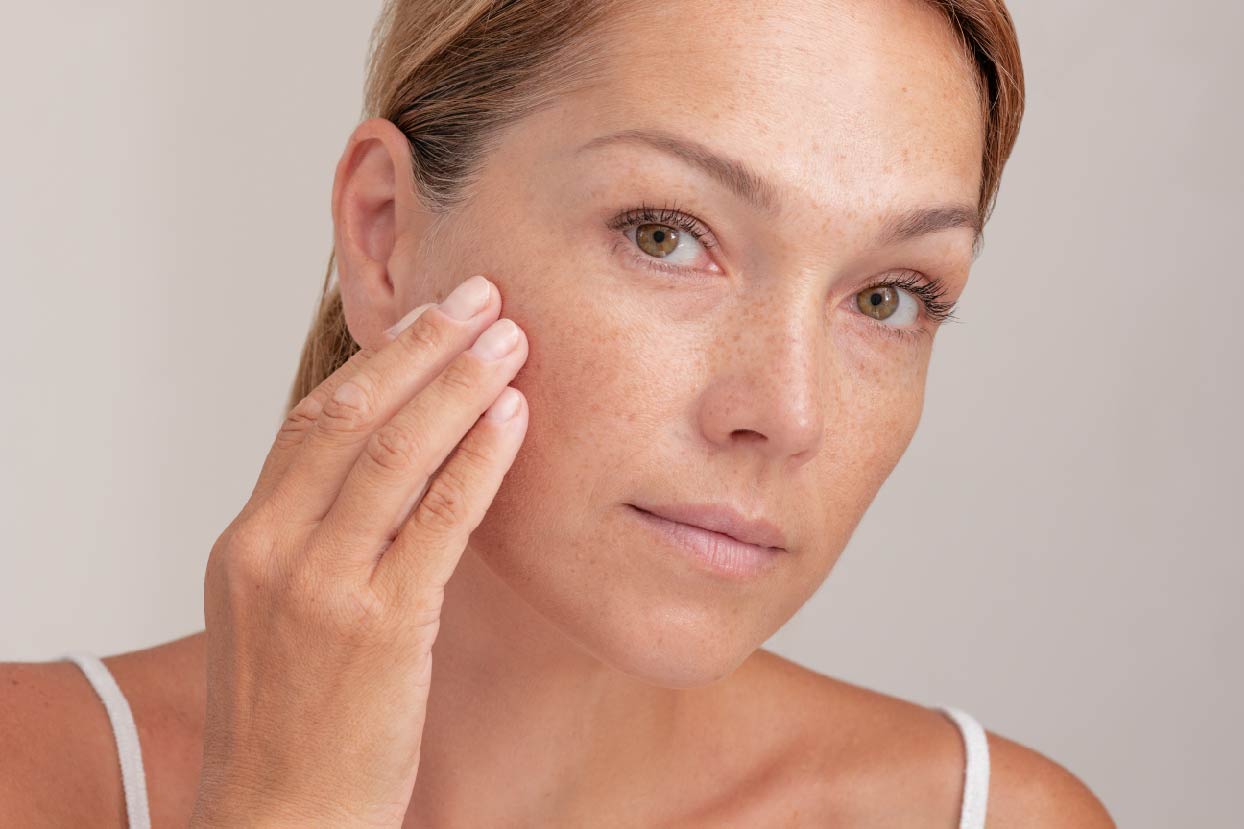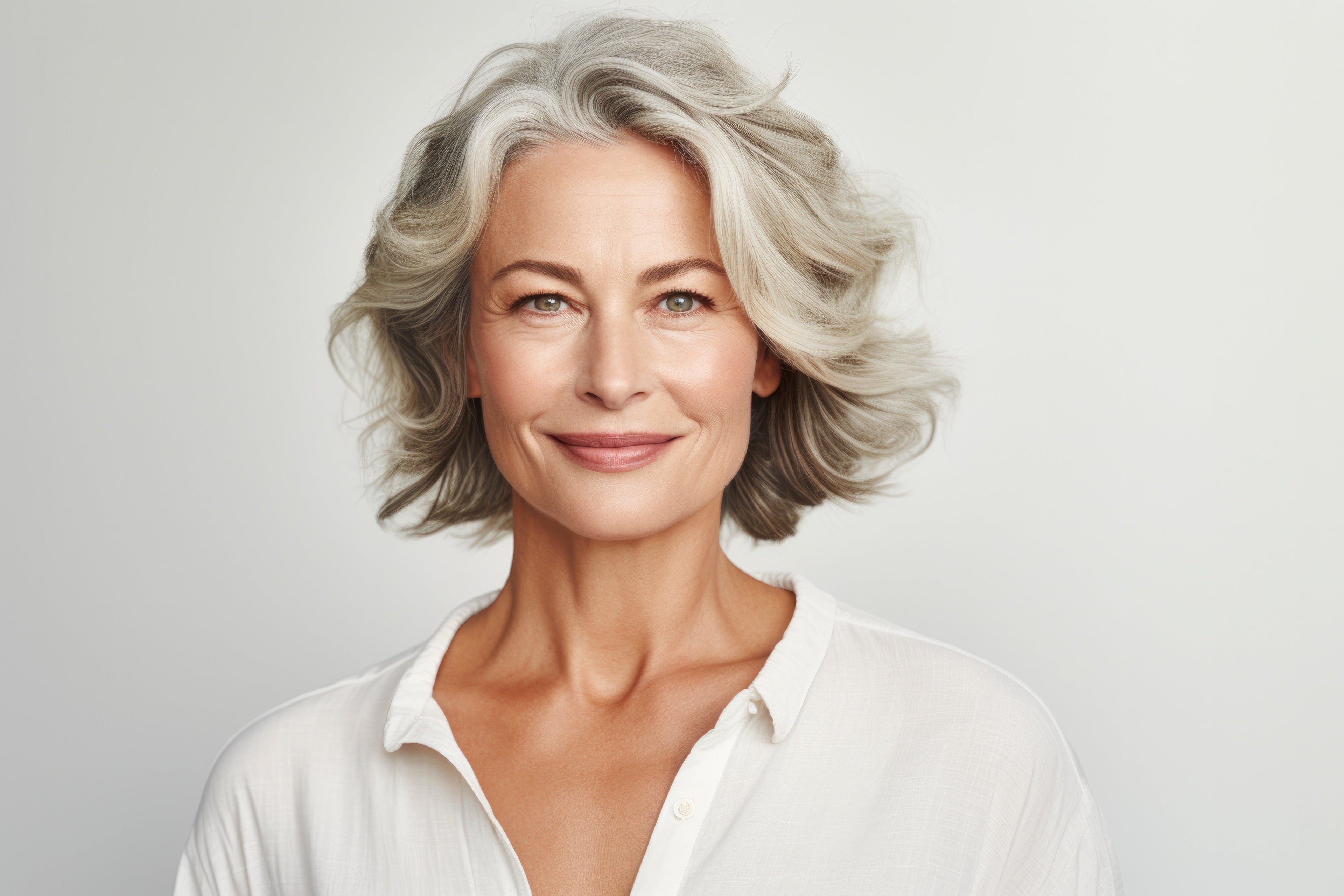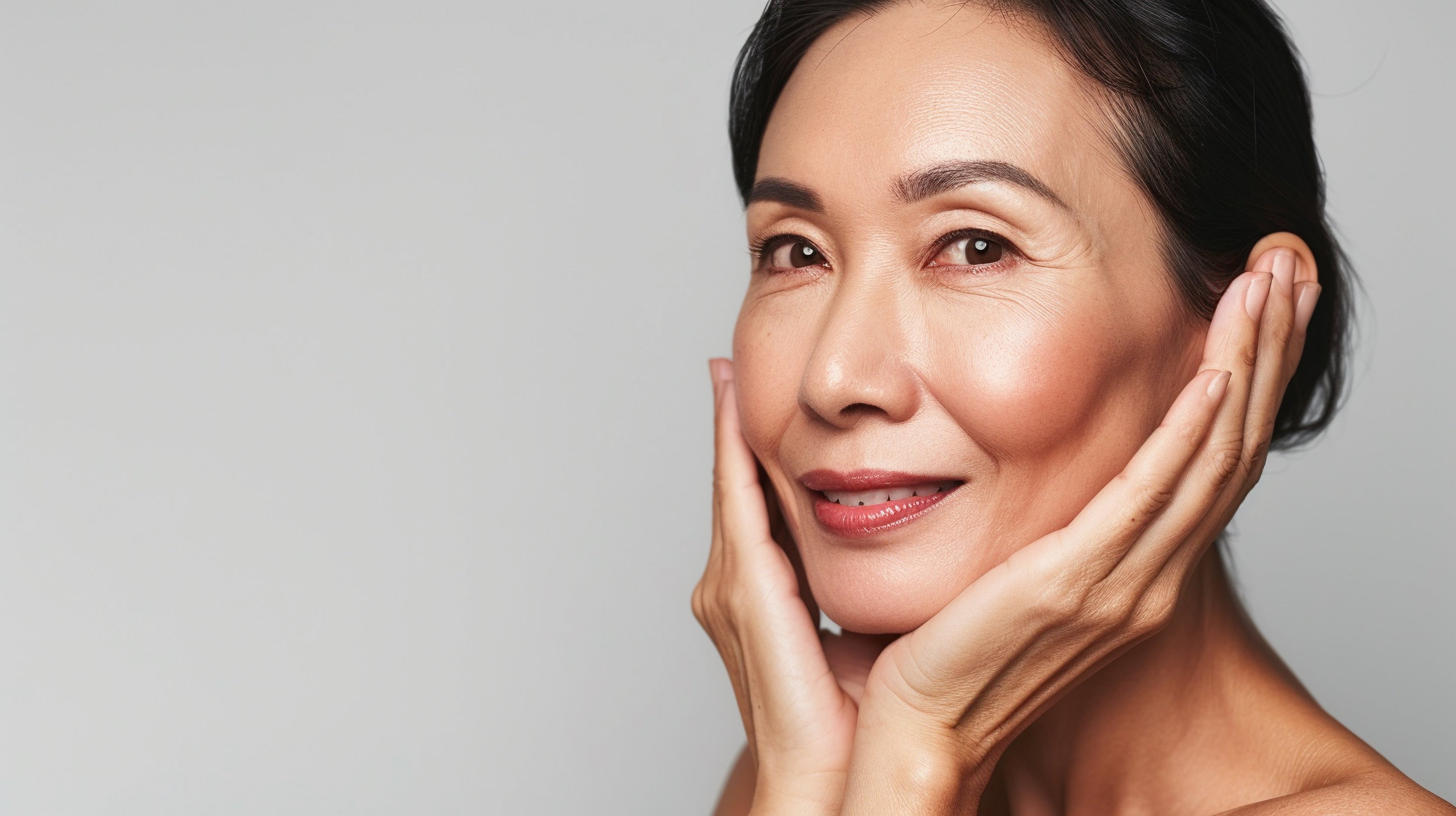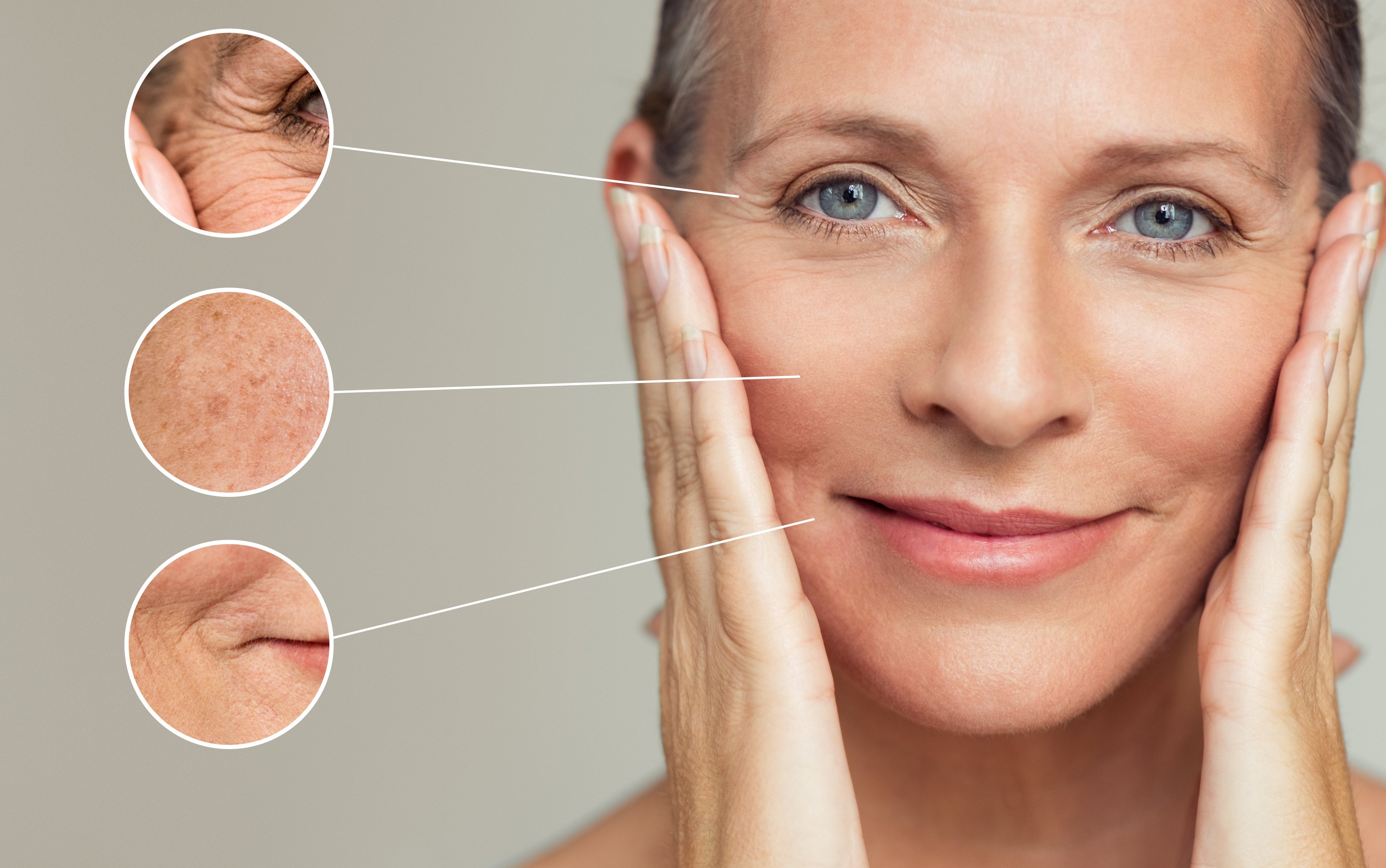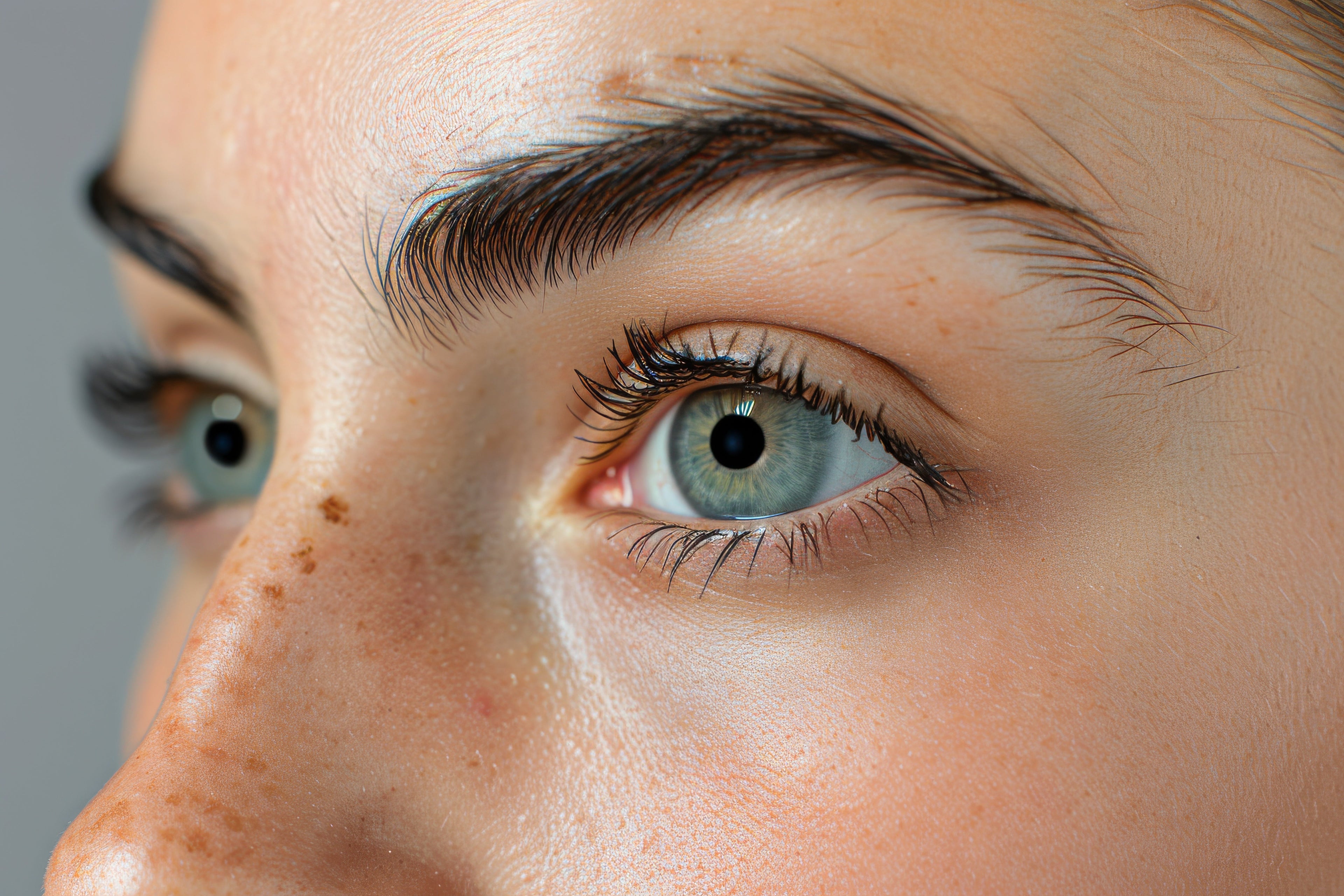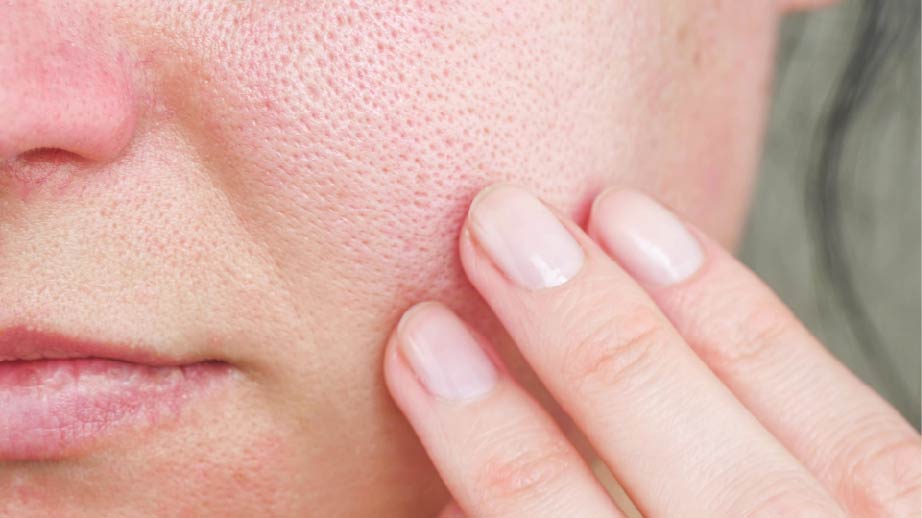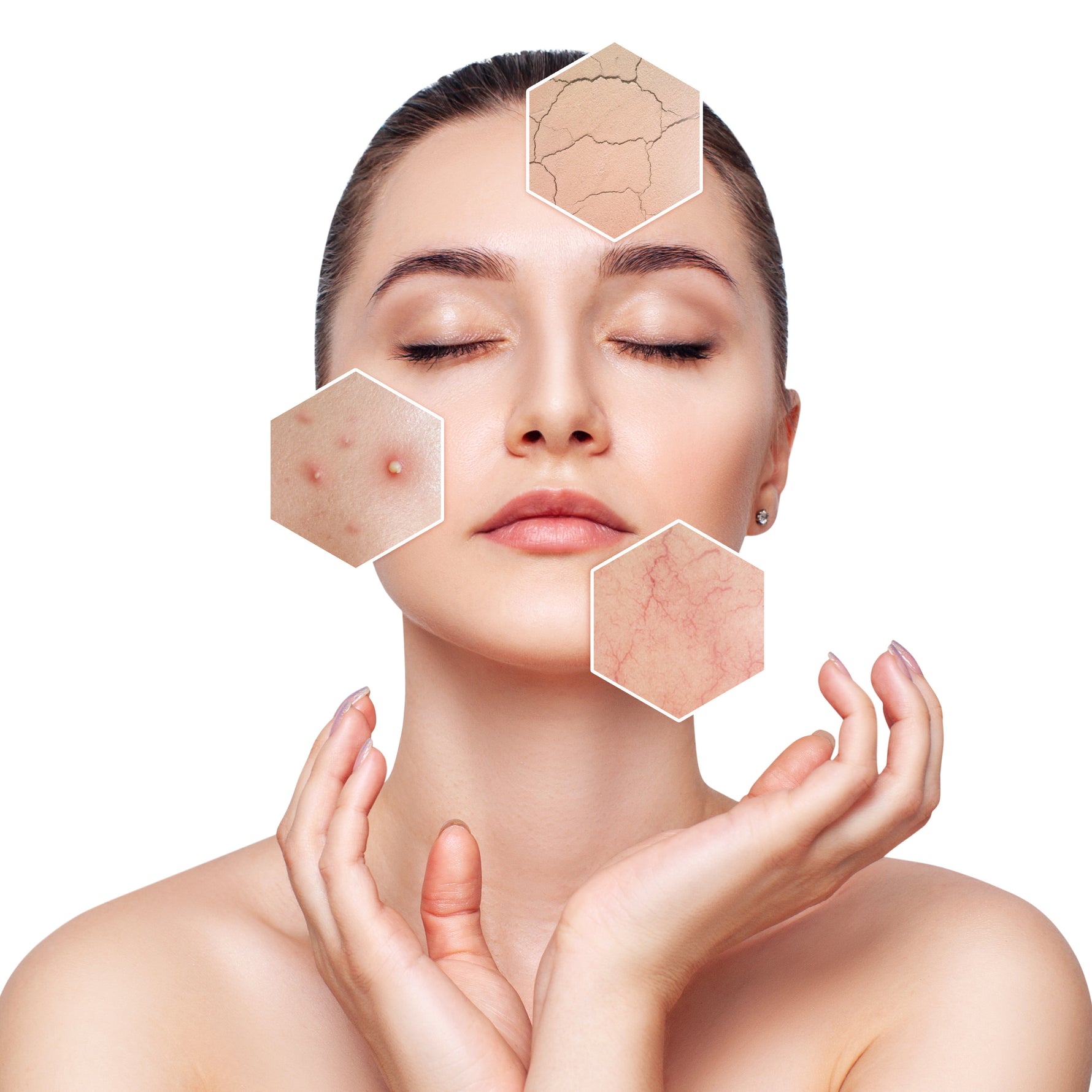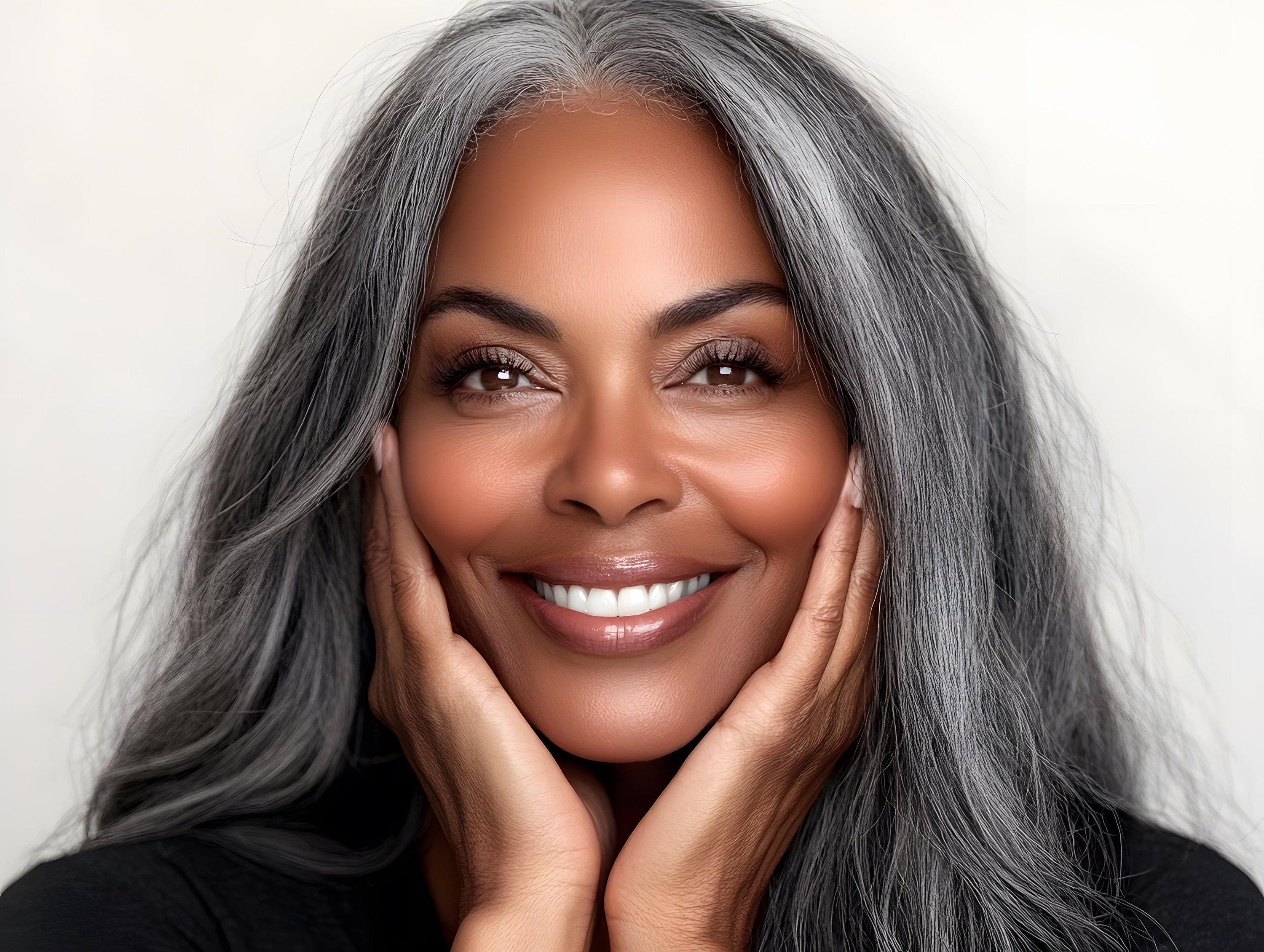
Anti-Aging Advice
Aging is part of life. And so are the wrinkles that come with age. Besides hydrating and protecting skin from the sun, there are also many options to help reduce the appearance of the signs of aging when the time comes. Understanding what causes them in the first place, is the most important.
How skin ages
There are two distinct types of aging. Aging caused by the genetic program we inherit is called intrinsic aging, and extrinsic aging is caused by environmental factors such as exposure to the sun.
Intrinsic aging
Intrinsic aging, also known as natural or chronological aging, refers to the physiological changes that the body and all its organs—of which the skin is the largest—undergo with the passage of time. What is commonly referred to as skin aging typically begins in our mid-20s when the rate of skin cell renewal decreases slightly. The layers of skin become thinner and gradually lose their ability to maintain moisture, which diminishes their protective role. Supportive layers are also altered by aging. A natural reduction in the amount of collagen and elastin (the substance that enables the skin to snap back into place) in the dermis means the skin loses its youthful resilience, leading to the formation of fine lines and wrinkles. Although the process is initiated in our 20s, the first visible signs of skin aging usually don’t appear until a few decades later.
The most common signs of intrinsic aging are:
- Fine lines and wrinkles
- Thinning, transparent skin
- Deterioration of the skin’s surface layers and underlying support tissues, leading to loss of firmness (hollowed cheeks, eye sockets, sagging skin on hands and neck)
- Increasingly dry, itchy skin
- Inability to sweat sufficiently to cool the skin
- Graying hair that eventually turns to white
- Hair loss
- Unwanted hair
- Nail plate thins, half moons disappear and ridges develop
Since our genes control intrinsic aging, how the process unfolds varies greatly from one individual to the next. Some notice their first grey hairs in their 20s, while others don’t begin to grey until their 40s. But sooner or later, our skin invariably shows its age.
Extrinsic aging
A number of extrinsic or environmental factors also affect the normal aging process to prematurely age our skin. Repetitive facial expressions, gravity, sleeping positions, smoking and sun exposure all gradually eat away at the different components that give skin its healthy texture and glow. Of all the extrinsic factors, sun and cigarette smoking are by far the most damaging to the skin.
The sun
Just a few minutes of unprotected exposure to the sun each day over many years can cause noticeable changes to the skin. Freckles, fine wrinkles that disappear when stretched, rough and leathery skin, blotchy complexion, actinic keratoses (thick wart-like, rough, reddish patches of skin), and skin cancer can all be traced to sun exposure.
How the sun affects the skin depends on two factors: a person’s skin colour and their history of long-term or intense sun exposure. People with fair skin who have a history of sun exposure develop more signs of skin aging than those with dark skin. In darker skin, the signs of aging are usually limited to fine wrinkles and a mottled complexion. With repeated exposure to the sun, skin loses the ability to repair itself, and the damage accumulates. Numerous studies have shown that repeated exposure to the sun’s ultraviolet rays breaks down collagen and impairs the synthesis (production) of new collagen, which in turn makes the skin lose tone. Sun-weakened skin ceases to bounce back much earlier than skin protected from UV rays.
Smoking
Cigarette smoking causes biochemical changes in our bodies that are known to accelerate skin aging and the formation of wrinkles. Studies show that a person who smokes ten or more cigarettes a day for a period of ten years is statistically more likely to develop deep wrinkles and leathery skin than a non-smoker. Smokers also develop an unsightly yellowish hue in their complexion. These signs can be greatly diminished by stopping smoking. Even people who have smoked for many years show less facial wrinkling and improved skin tone once they quit smoking.
What to do?
Although you can’t slow down intrinsic or chronological aging, you can do something about extrinsic aging. For starters, try to limit your exposure to environmental factors that promote premature skin aging. Protect your skin from the sun, quit smoking and be conscious of your facial expressions.
Now, discover some of the most effective and proven anti-aging molecules that you will find in the Reversa dermocosmetic skin care line:
Scientists have widely demonstrated the benefits of glycolic acid, an alpha hydroxy acid (AHA), that significantly reduces the visible signs of skin aging. Glycolic acid, a true fountain of youth for aging or sun damaged skin, eliminates dead skin cells that give a dull appearance. It improves cell turnover, gives the skin a lighter, more even tone and a radiant, youthful glow. It’s also an effective moisturizer that can, after prolonged use, stimulate the production of collagen and glycosaminoglycans, which increases the skin’s thickness.
Retinol is also a proven anti-aging ingredient highly appreciated by dermatologists. Various clinical studies have shown that this molecule stimulates cell renewal, reduces the appearance of wrinkles and improves the firmness and suppleness of the skin. Retinol also reduces the appearance of age spots. The good news is that it is now possible to formulate creams that are well tolerated by all skin types, thanks to an encapsulation of the active ingredient and the addition of high-performance anti-irritant ingredients.
As for vitamin C, it is a powerhouse antioxidant. This vitamin, also called ascorbic acid, produces several beneficial effects for the skin while targeting various signs of aging: it stimulates the synthesis of new collagen, improves firmness and skin relief, decreases the production of melanin, the pigment responsible for the brown color of dark spots, then revives the uniformity and radiance of the complexion.
Finally, certain peptides can also provide remarkable anti-aging benefits, particularly Matrixyl® Synthe’6TM. This small molecule boosts the synthesis of six skin-rebuilding essentials: collagens I, III and IV, hyaluronic acid, fibronectin and laminin-5. It provides a filling and anti-wrinkle effect by targeting the epidermis, the dermo-epidermal junction and the dermis. This peptide offers a non-invasive solution, visibly effective for the smoothing of facial wrinkles.
There are therefore several effective options to significantly reduce the appearance of the signs of aging and quickly regain soft, uniform and radiant skin. The goal of defying your age and showing a younger overall appearance is now attainable.
Click here to see the list of Reversa products containing glycolic acid.
The following product contains retinol:
The following products contain vitamin C:
The following products contain Matrixyl® Synthe’6TM:
Share

